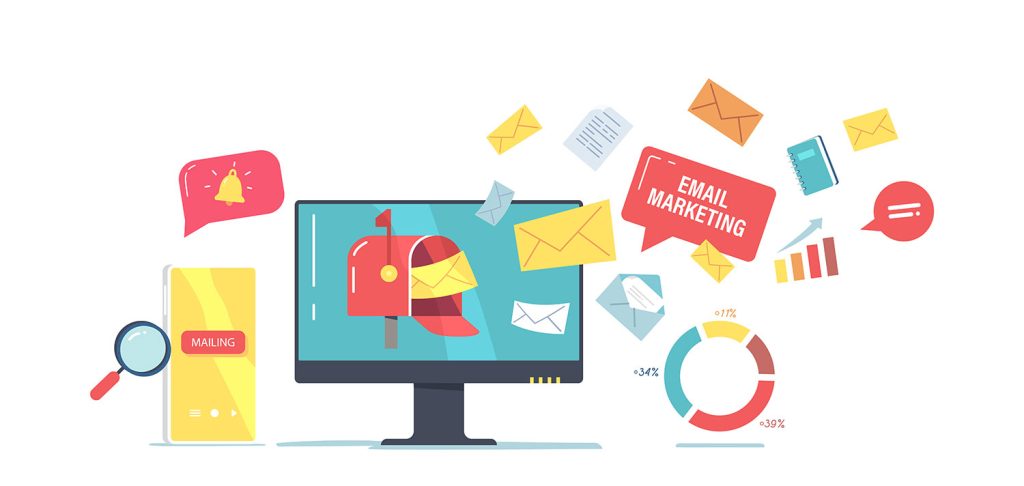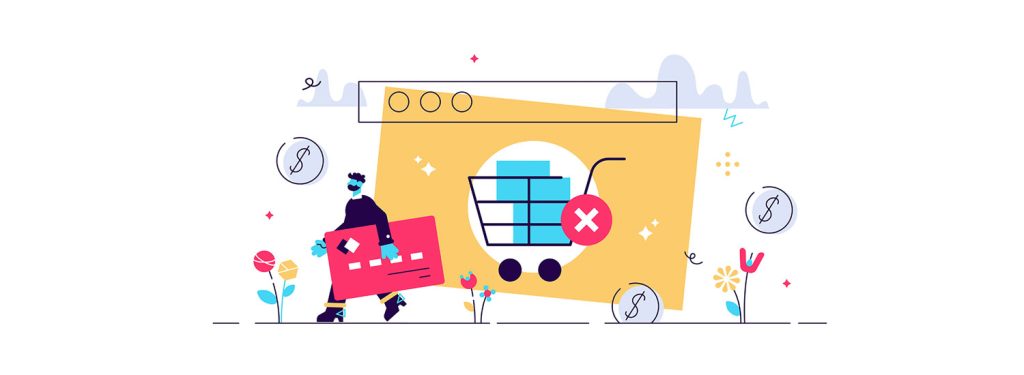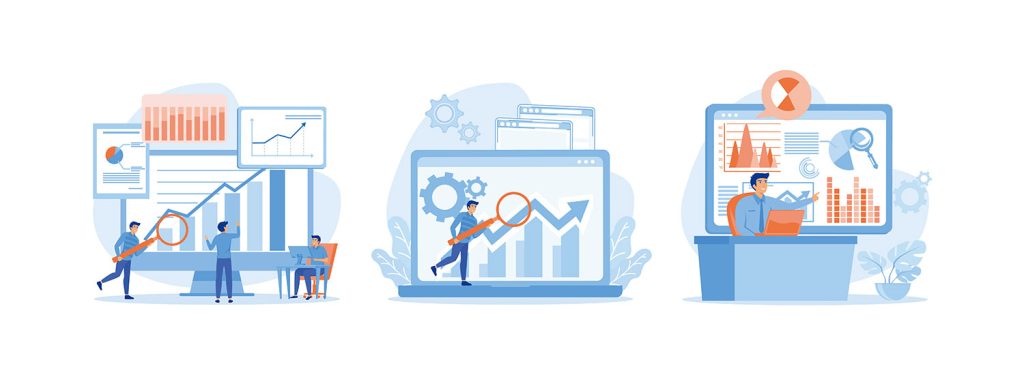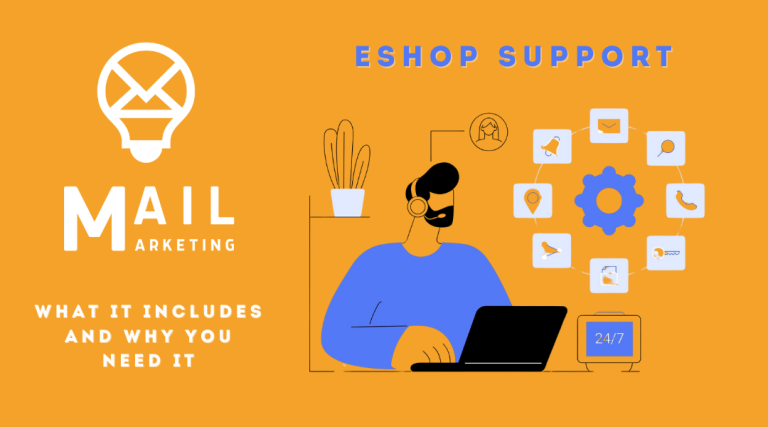Email marketing is a critical element of any e-commerce business. With the right strategy, you can increase sales, brand awareness and boost customer loyalty. In this article, we will guide you step by step in the process of creating successful email marketing automations for your e-commerce business.
Identify your target audience
The first step in creating a successful email marketing automation is to identify your target audience. Who are you trying to reach with your emails? What are their interests and needs? Knowing your target audience will help you create relevant, personalized messages that resonate with them.
Choose an email marketing platform

There are many email marketing platforms available, but not all of them are suitable for e-commerce businesses. Look for a platform that offers powerful automation and personalization capabilities, integrations with your ecommerce platform, and a user-friendly interface. Some of the most popular email marketing platforms for e-commerce businesses include Klaviyo, Mailchimp, ActiveCampaign, Sendinblue and AWeber.
Welcome your subscribers

Your welcome series is the first opportunity you have to get in touch with your customers and start building a relationship. Consider sending a series of three to four welcome emails, starting with a general introduction, followed by a more personalized message, and finally a promotional offer.
- In the first email, thank the subscriber for signing up and give them what you promised them when they signed up.
- After 3 days, check the user's behaviour. If he has bought, promote the business's social networks. In case your products or services were interesting, he is very likely to follow you on social. If he hasn't completed his purchase yet, send him personalized product recommendations.
- If after 7 days he has not purchased yet, make a reminder that the discount code is still active. Such a reminder can generate revenue that would otherwise be lost.
Recover abandoned carts

Abandoned carts are a common problem for e-commerce businesses, but with the right automation, you can recover a significant percentage of these lost sales. Set up abandoned cart reminders to be sent automatically to customers who have left items in their cart. These reminders should include an incentive to complete the purchase, along with a special offer or discount to motivate the customer to complete the sale.
- After 1 hour, send him a reminder about the product he has forgotten in the cart. There is much debate about when the user should receive such an email. Some suggest half an hour after the product was added to the cart and others suggest up to 3 hours. Every business is different, so there is no magic solution. Here you will definitely need to do A/B testing so you can decide which one works best.
- After 24 hours, remind the user's cart and provide an incentive to complete the purchase. Here you can give a discount only for carts near you average order value or for specific product categories in which you have a high profit margin.
- After 3 days and if the purchase has not been completed, send a message from customer service, letting your (almost) customer know that you are available to help them with any questions they may have.
Create follow-up emails after purchase

Post-purchase follow-up emails are an opportunity to leverage the relationship you've built with your customers. Consider sending a series of three to four emails, starting with a thank-you message, followed by an invitation to participate in the loyalty program or for a recurring purchase.
Here it is best to get an idea of the average time your customers' repeat purchase time. If you don't know this, it's an opportunity to use the power of machine learning and Klaviyo's predictive AI analytics to predict the time your customer will be ready for his next order.
Analyse and optimise your campaigns

Good. You've set up 3 basic automations and you're ready to go. And then? That's it? Of course not.
As mentioned before, A/B testing should be an essential part of your strategy. Constantly test different message send times, different email subjects to see which ones get opened the most, or different content to see where users click the most often.
Personalization is something that will help a lot in the deliverability of your emails and in the interaction with your customers. And we are not just talking about just mentioning their name but personalize the content they receive based on their interests.
Finally, make sure analyse the results of your campaigns regularly and make the necessary optimizations. Use metrics such as open ratio, click-to-view ratio and conversion rate to measure the success of your campaigns and identify areas for improvement.
In conclusion, creating a successful email marketing automation for your e-commerce business is a a process that requires careful planning and execution. By following the steps outlined in this guide, you'll be well on your way to building a strong, loyal customer base and increasing your sales.
If all of the above sounds overwhelming to you, that's fine. We understand, but there's no need to worry. With over 10 years of experience, we can take care of it for you. Just take advantage of our free email marketing consultation to show you how.



